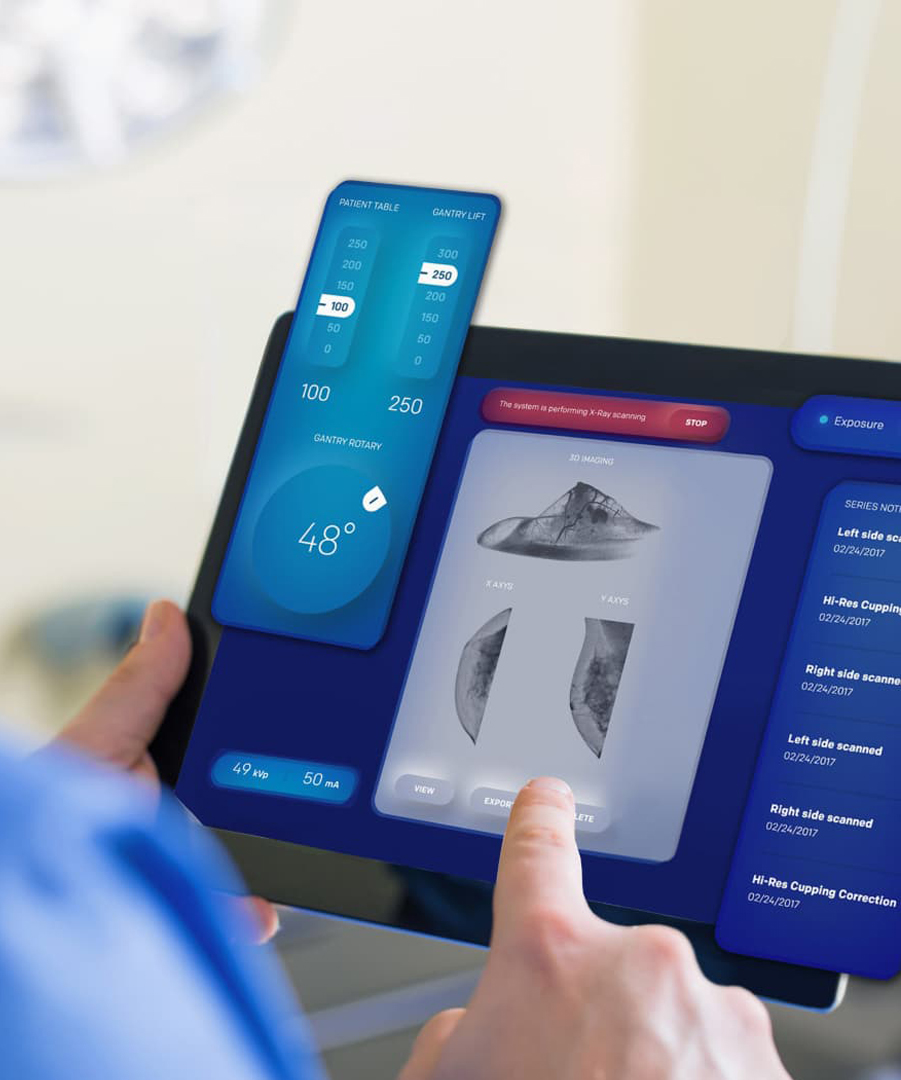


Fire trucks are the core equipment for responding to fires and emergency rescue missions, and their performance and reliability directly impact firefighting efficiency and personnel safety. HOWO, as a leading brand in China's commercial vehicle sector, has gained widespread application in high-risk environments such as petrochemical plants, airports, and industrial parks due to its foam fire trucks' outstanding power, stability, and professional design. This article systematically analyzes the structural design of HOWO foam fire trucks to help users gain an in-depth understanding of their technical features and functional advantages.
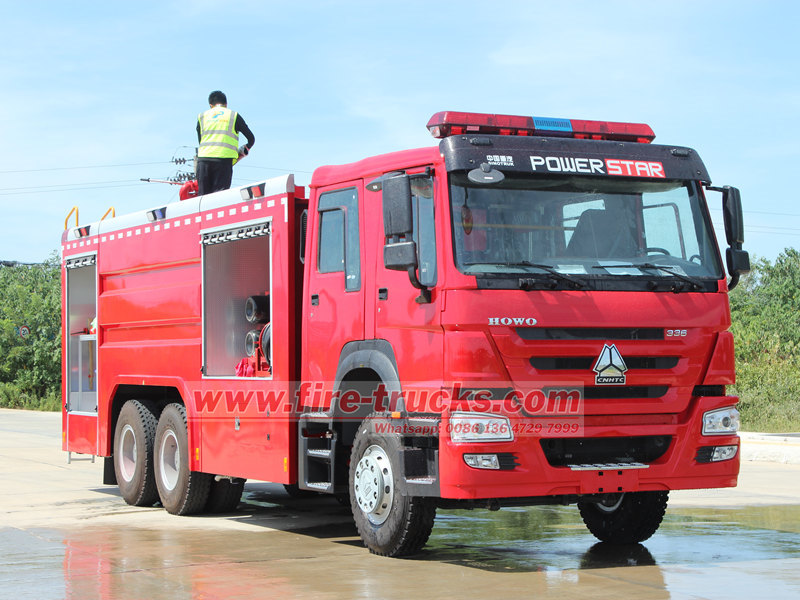
1. Overview of HOWO Foam Fire Trucks
HOWO foam fire trucks are modified using HOWO specialized chassis, integrating a water tank, foam tank, fire pump, intelligent proportioning system, piping, and firefighting equipment. They combine both water and foam firefighting capabilities. Designed in compliance with national firefighting equipment standards, these trucks are particularly suitable for extinguishing flammable liquid fires, such as petroleum and chemical fires, while also meeting the needs of general solid-material fire rescue operations.
2. Main Structure of HOWO Foam Fire Trucks
The HOWO foam fire engine consists of two main parts: the chassis and the superstructure. The chassis provides the vehicle's driving power, while the superstructure handles firefighting functions.
(1) Chassis
The HOWO chassis is renowned for its excellent power, stability, and reliability. The fire truck typically uses a HOWO chassis equipped with a high-power diesel engine to meet the rapid deployment requirements in emergencies. Additionally, the HOWO chassis offers strong off-road capability, ensuring the fire truck can quickly reach the scene under various complex road conditions.
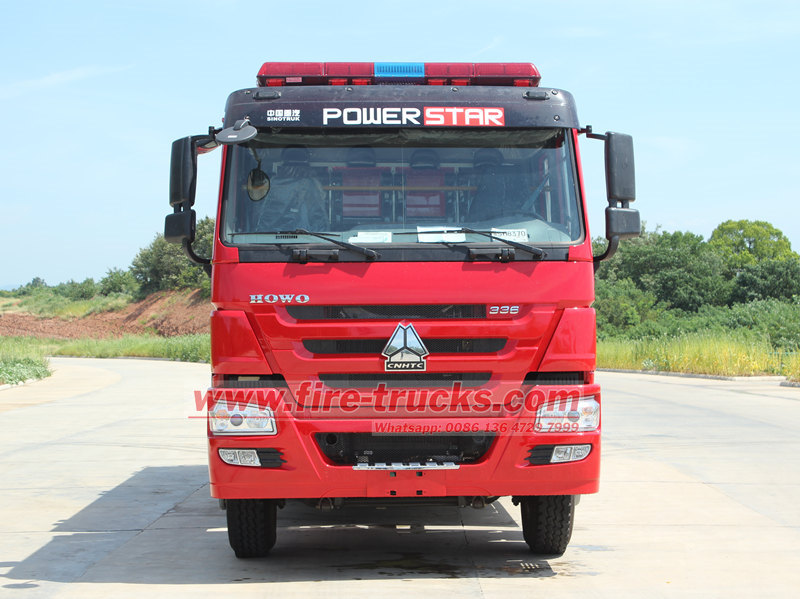
(2) Superstructure
The superstructure is the core of the HOWO foam fire tender, mainly comprising the water tank, foam tank, fire pump, foam proportioning system, piping system, and various firefighting equipment.
• Water Tank and Foam Tank
The water tank and foam tank are critical components for storing fire-extinguishing agents. The water tank, usually located at the rear of the fire truck, is constructed from high-strength steel plates, with capacity customizable based on actual needs. The foam tank is positioned in front of or above the water tank and is also made of high-strength materials to store foam concentrate. Both tanks are equipped with level gauges and drain ports, allowing operators to monitor the medium levels and perform maintenance easily.
• Fire Pump
The fire pump is one of the core components of the HOWO foam tender fire truck, responsible for pressurizing water and foam concentrate before delivering them to fire monitors or hoses. The pump typically adopts a centrifugal or reciprocating structure, featuring high flow rate, high pressure, and stable performance. To meet different firefighting needs, the fire pump offers multiple gear speed options to adjust flow and pressure output.

• Foam Proportioning System
The foam proportioning system is the key component enabling foam firefighting capabilities. It precisely controls the ratio of water to foam concentrate, ensuring optimal fire-extinguishing effectiveness. The system usually employs a Venturi tube or mechanical proportioner, known for its accuracy, simplicity, and reliability.
• Piping System
The piping system connects the fire pump, water tank, foam tank, and firefighting equipment, transporting water and foam concentrate to the fire scene. Made of high-strength steel pipes or hoses, the system exhibits excellent pressure resistance and corrosion resistance. It also includes various valves and fittings, allowing operators to connect and switch configurations as needed.
• Firefighting Equipment
The firefighting equipment, including monitors and hoses, is the direct tool for extinguishing fires. The monitor, usually mounted on the roof or rear of the fire truck, offers long-range and high-volume discharge, making it suitable for large-scale fires. Hoses are located on the sides or rear of the truck and can be configured flexibly, enabling operators to combat fires from different positions.
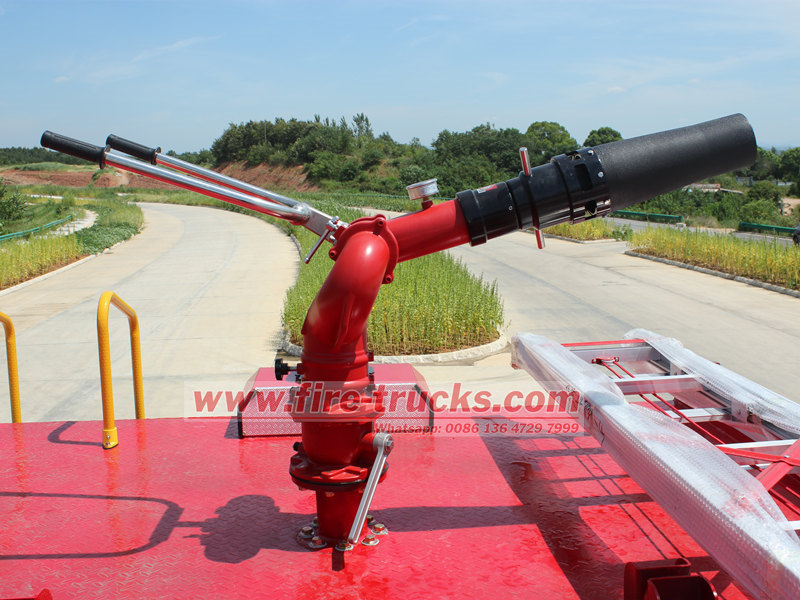
3. Performance Advantages of HOWO Foam Tank Fire Trucks
(1) High Efficiency: Equipped with an advanced foam proportioning system and firefighting equipment, HOWO foam firefighting trucks can quickly and effectively extinguish various types of fires, especially flammable liquid fires like oil fires.
(2) Stability and Reliability: The HOWO chassis provides robust support with its superior power and stability, while the superstructure, made of high-strength materials and advanced manufacturing techniques, ensures reliable operation even in harsh environments.
(3) User-Friendly Operation: The control system is designed to be intuitive, allowing operators to quickly familiarize themselves with its functions. Additionally, the truck is equipped with advanced driving and firefighting assistance devices to enhance efficiency.
(4) Easy Maintenance: Each component is designed with accessible maintenance ports and inspection spaces, simplifying routine upkeep. The truck also features a comprehensive fault diagnosis system and alarm devices to promptly detect and address issues.
4. Application Scenarios of HOWO Foam Fire Vehicles
Thanks to their high efficiency, reliability, ease of operation, and maintenance, HOWO foam fire trucks are widely used in multiple sectors, including:
(1) Chemical Plants: These facilities contain large quantities of flammable and explosive materials, making firefighting critical. Foam fire trucks can swiftly suppress fires, protecting lives and property.
(2) Oil Depots: As storage sites for large volumes of flammable liquids, oil depots demand stringent fire safety measures. Foam fire trucks provide specialized firefighting capabilities for oil fires, ensuring safety.
(3) Airports: As high-traffic transportation hubs, airports require top-tier fire safety. Foam fire trucks enable rapid response and effective fire suppression, ensuring operational continuity and passenger safety.
As a highly efficient, stable, and reliable firefighting apparatus, foam fire trucks play a vital role in various fields. By analyzing their structure in detail, we gain deeper insights into their performance characteristics and advantages. It is believed that in the future, HOWO foam unit fire trucks will continue to safeguard lives and property with their indispensable contributions.
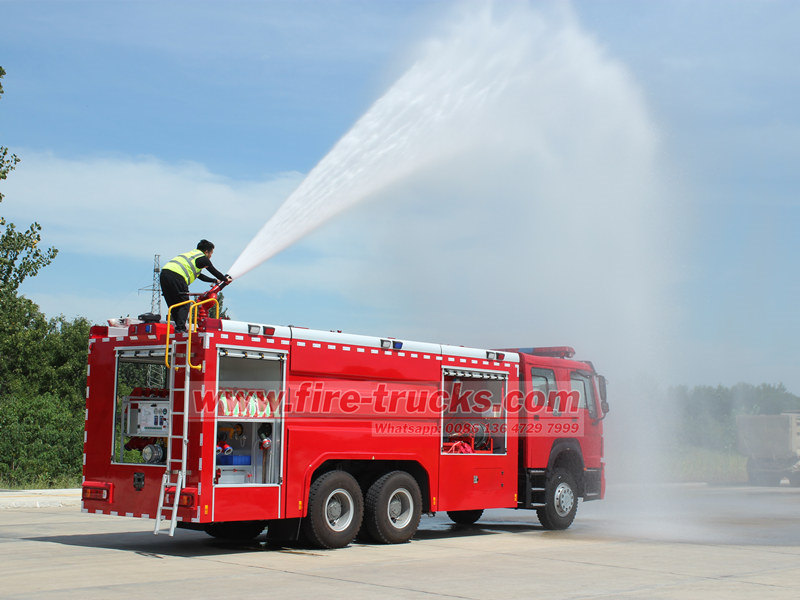
You may be interested in the following information